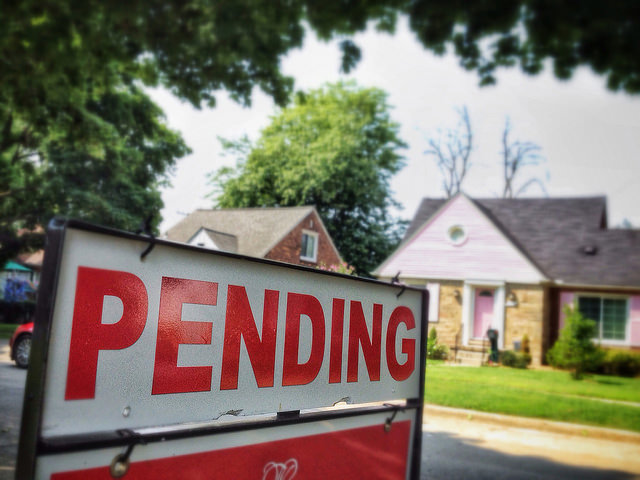Real estate investing reached a peak in 2022. That year, 13.3 percent of purchased homes were bought by investors. That’s a relatively small percentage but enough to compete with entry-level home buyers also in the market for affordably priced homes. Fortunately for today’s home buyer, that dynamic appears to be changing. Danielle Hale, chief economist for the National Association of Realtors’ consumer website, says an analysis of last year’s data shows, these days, investors are selling. “Investor trends signal a transition,†Hale says. “Nationwide, investors picked up more homes on net in 2024, as smaller investors were a growing majority of investor buyers. But with investor selling at a new high, the market saw the smallest net investor buying activity in five years, lessening one of the notable headwinds for entry-level buyers who often compete with investors.†In other words, the number of real-estate investors selling homes reached an all-time high last year, which helps counteract the number of homes investors purchased. As the gap between the two narrows, the impact of real estate investing on home buyers lessens, providing more opportunities for first-time and entry level buyers. (source)













